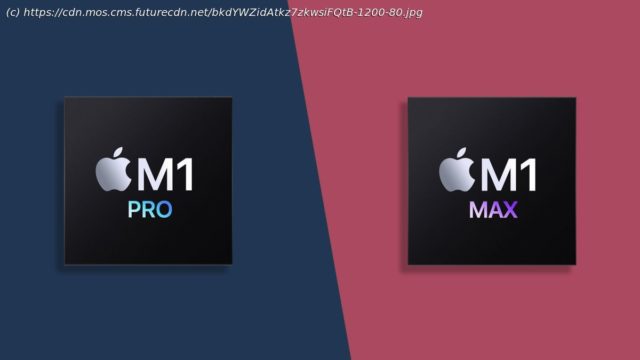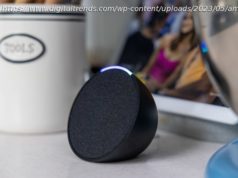Wondering about the M1 Pro vs M1 Max and which new chip is the best upgrade for your Apple device? We can help.
At Apple’s recent ‘Unleashed’ event, the company surprised us all by announcing two new chips, the M1 Pro and M1 Max, which will feature in the new MacBook Pro 16-inch (2021) and MacBook Pro 14-inch (2021), which were also announced at the event. Most of us were expecting Apple to reveal a follow-up to its M1 chip, which debuted with the MacBook Air (M1,2020), MacBook Pro 13-inch (M1,2020) and Mac mini (M1,2020) last year, but the fact that Apple came out with two chips was a genuine surprise for many. This makes choosing which new MacBook to buy slightly trickier, as there is a noticeable difference in specs (and price) between the two new chips. So, to make things easier, we’ll compare the Apple M1 Pro vs M1 Max to help you decide which one to go for. One thing is instantly clear; both the M1 Pro and M1 Max are big leaps over the existing M1 chip. This is exciting, as the M1 chip was no slouch, and was a mightily impressive bit of silicon for Apple’s first attempt at a chip for laptops and desktop computers. While the M1 chip is great for day-to-day tasks and even intensive video editing at 8K, for serious creative tasks, something more powerful was needed, hence the M1 Pro and M1 Max, which are both squarely aimed at creative professionals. So, what do the specs tell us about the chips? Let’s start with the M1 Pro. It has a dual-chip architecture, as with the M1, that consists of a processor (CPU) and graphics (GPU). It also supports up to 32GB of unified memory, which Apple claims is ‘high bandwidth, low latency. The memory bandwidth is 200GB/s, which is almost three times the bandwidth of the M1. This should allow data to be moved to and from the memory extremely quickly, leading to overall faster performance. The M1 Pro also has 33.7 billion transistors, more than double the M1 chip. When it comes to the processor, the M1 Pro has eight high-performance cores and two high-efficiency cores. The M1 Pro will switch between these depending on what you’re doing. If you’re doing something intensive, the high-performance cores are used for increased speed. However, for less intensive tasks, such as browsing the web, the high-efficiency cores can be used, helping to preserve battery life. The high-performance cores have a 192KB instruction cache,128KB data cache and 24MB L2 cache. Meanwhile, the high-efficiency cores of the M1 Pro have 128KB instruction cache,64KB data cache and 4MB L2 cache.






